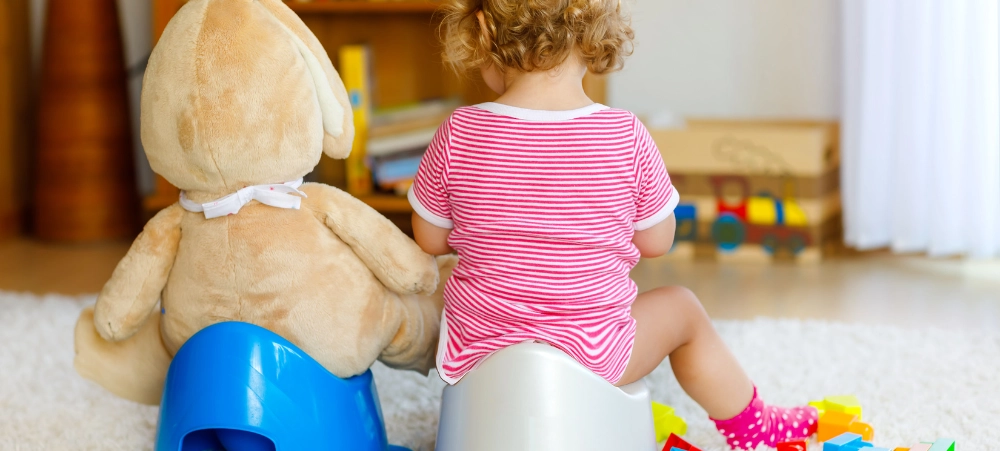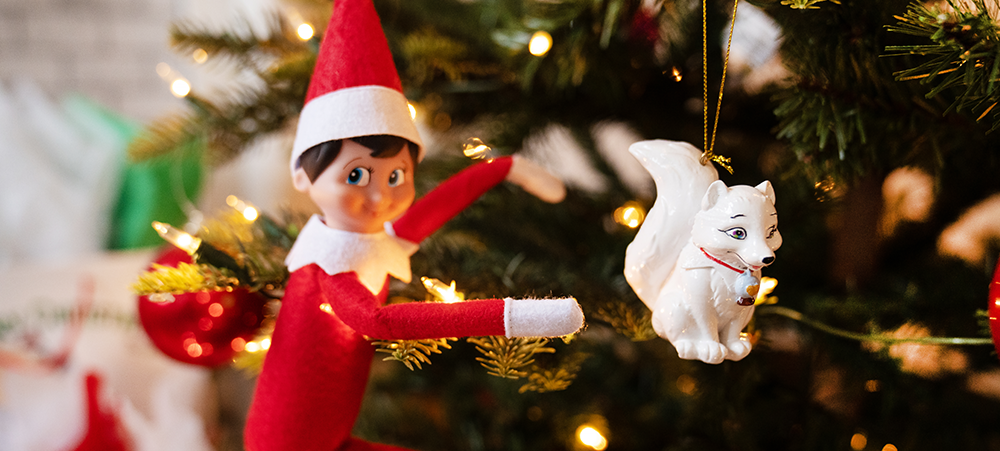Potty training is an exciting milestone for toddlers and parents alike, but knowing when to start can make the process smoother and more successful. While every child is different, there are common signs that indicate your toddler might be ready to transition out of diapers. Here’s what to look for and how to approach potty training with confidence.
Why Timing Matters
Starting potty training too early or too late can lead to frustration for both you and your child. When your toddler shows readiness signs, they are more likely to understand the process and participate willingly.
Key Signs Your Toddler is Ready
1. Physical Readiness
- Dry Diapers for Longer Periods: If your toddler can stay dry for at least 2-3 hours during the day or wakes up from naps with a dry diaper, they’re beginning to develop bladder control.
- Regular Bowel Movements: If they have predictable bowel movement times, it’s easier to time potty training efforts.
- Motor Skills: Your child can walk to the potty, sit down, and stand back up independently.
2. Behavioural Readiness
- Showing Interest in the Toilet: Your toddler might watch you use the bathroom, ask questions, or mimic the behaviour of older siblings.
- Discomfort with Dirty Diapers: They may tug at their diaper, ask to be changed, or express that they don’t like being wet or dirty.
- Desire for Independence: A child showing interest in self-care activities like dressing themselves may also be ready for potty training.
3. Cognitive Readiness
- Understanding Instructions: Your toddler can follow simple steps, like pulling down pants or sitting on the potty.
- Verbal or Nonverbal Communication: They can tell you when they need to go or use gestures like pointing to their diaper or the bathroom.
- Awareness of Bodily Functions: If your child can recognise when they are about to go or when they’ve just gone, they’re developing the necessary awareness for potty training.
How to Prepare for Potty Training
1. Get the Right Gear
- Invest in a child-friendly potty or a potty seat for the regular toilet.
- Have plenty of training pants or pull-ups on hand for the transition.
2. Talk About It
- Read books or watch videos about potty training to introduce the concept.
- Use positive language to explain how the potty works and why it’s a big kid milestone.
3. Create a Routine
- Encourage your child to sit on the potty at regular times, like after meals or before naps, even if they don’t go.
4. Be Patient and Positive
- Celebrate small successes, even if it’s just sitting on the potty.
- Avoid pressuring or scolding your child during accidents, as this can create anxiety.
When to Wait
If your toddler shows resistance or isn’t interested, it’s okay to wait a few weeks or months before trying again. Potty training is a process, and forcing it can lead to frustration for both you and your child.
Final Thoughts
Potty training is an important step toward independence, but it’s a journey that requires patience and encouragement. By looking for these signs of readiness and creating a supportive environment, you can set your toddler up for success.
Remember, every child is unique, so don’t compare your potty training timeline to others. Trust your instincts, and before you know it, your little one will be diaper-free!
We understand that there are many aspects that encompass a Mother, Father or Child and strive toward providing resources and services that accommodates this.
Our content is aimed to inform and educate families on issues starting from pregnancy through to the challenges of the teen-age years.
- Tiny Toons Looniversity Returns: Meet the Voice Behind Plucky and Hamton! - December 12, 2025
- From Pain to Possibility: Panado®’s New Marketing Campaign, Highlights The Joy Of Pain Relief - December 10, 2025
- Feeding Unicorns by Jeni-Anne Campbell: A bold new book for business leaders who care - December 9, 2025





